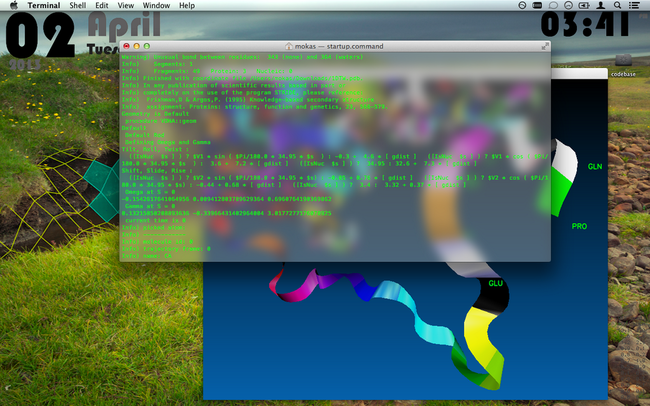Understanding Translational Effects of Variants With SnpEff
Once we have assembled the genomes of our subject(s)[1][2], generated a list of variants, annotated these variants with relevant databases (e.g. dbSNP)[3], we may now be interested in investigating the structural and translational effects of genomic variants on proteins.
 -Interacting with protein structures in VMD“
-Interacting with protein structures in VMD“
If the interest in structural variations is well-intentioned then it behooves us to use SnpEff, which both adheres to VCF 4.1 standards and GATK best practices. As with many of the downstream processes we must make an initial investment by choosing a reference build, which for human samples, at the moment, consists of GRCh37 and HG19. Install the necessary reference library and run SnpEff:
$java -Xmx[allocate memory] -jar snpEff download [reference library]
$java -Xmx[allocate memory] -jar snpEff eff -v -onlyCoding true -i vcf -o vcf [reference library] [input].vcf >
